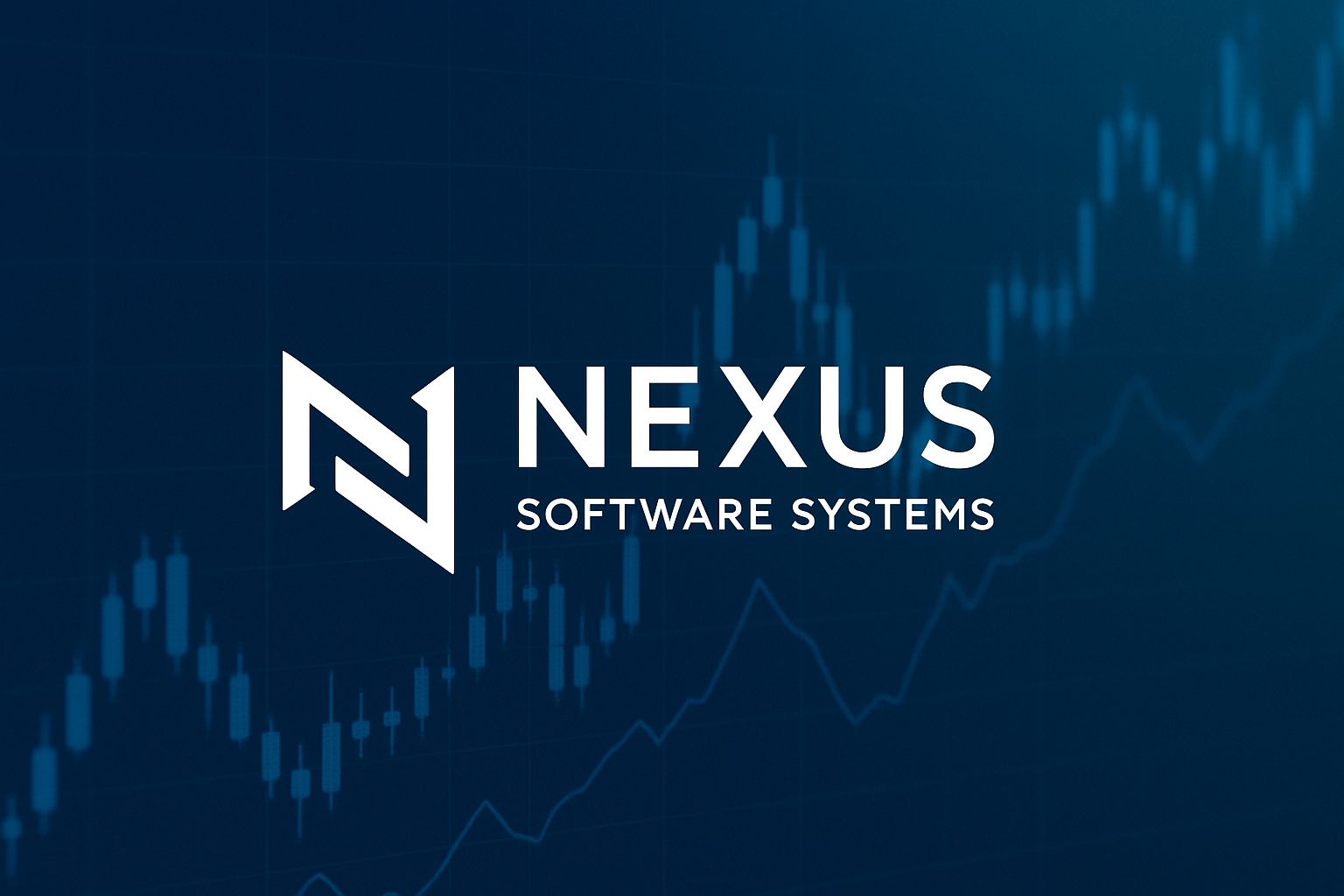The use of big data for eCommerce has proven to be successful for many companies.
Today’s eCommerce giant’s success didn’t come about by accident. Brands tap into big data to make decisions, inspire purchases and delight customers.
What is Big data?
Big data describes large volumes of data. Data that inundates a business every day. It’s not the amount of data that’s important. It’s what businesses do with the data that matters. Big data can be analyzed for insights that lead to better decisions and strategic business moves.
Big data sets are large or complex, requiring more than standard data-processing software.
Big data analytics extracts information from large data sets. To uncover hidden patterns, correlations and other insights. Using optimized statistics to infer rules from large sets of data with low information density.
Big data consists of two types of valuable information, structured and unstructured. Structured data has a defined length and format. Unstructured data differs from structured data as its structure is not predictable. Examples of unstructured data include documents, emails, blogs, digital images and videos. In fact, unstructured data accounts for the majority of data that your business has access to.
New sources of data come from machines, such as sensors, social media sites, and website interactions. This information is valuable to eCommerce businesses. Because it can can optimize customer experience and service.
Ways top eCommerce companies like Amazon use big data to thrive
The data companies collect about shoppers is used to improve eCommerce websites.
By using big data analytics, companies can transform their operations, including lowering prices on popular items. This can be the first step in an effort to harness big data analytics.
In another case, if sales data indicates particular items sell especially well in a specific region, you might order more of those products to match customer needs.
- Dynamic Pricing to Stay Competitive
Before eCommerce companies used big data for dynamic pricing, people would see the same prices for items every day, no matter how many times they visited a website. Now, prices change frequently. One of the reasons is because big data platforms assess your willingness to buy at a particular price.
An example of this outside of Amazon is prices for plane tickets and hotel rooms. If you check fares and rates for the same destinations several times, you might notice the prices change. This strategy is known as dynamic pricing, and top eCommerce companies use it a lot.
For example, Amazon changes product prices about 2.5 million times daily, meaning the cost of an average product shifts every 10 minutes. Thanks to the company’s massive amounts of data, it can analyze factors ranging from competitor pricing and profit margins, to available inventory, then make informed choices about how much items should cost.
See important eCommerce feature you should know
- Screening Purchases and Return Requests for Signs of Fraud
Successful eCommerce companies are a frequent target for retail fraud. Companies can collect more than 2,000 data points on every order and use machine learning algorithms to find transactions with a higher likelihood of being fraudulent. This system prevents millions of dollars worth of fraudulent transactions each year.
Due to this proactive approach, and big data algorithms tuned to meet specific needs, companies can scrutinize suspicious return requests. For example, if data shows that a person has returned a high percentage of items over the past few months, the company might investigate further. In 2018, some long-time customers reported getting banned for making what Amazon deemed too many returns.
- Encouraging People to Buy More With Each Order
Product recommendation is probably the big data application most customers are familiar with. It works by presenting you related items based on items in your cart or products you’ve purchased before.
An easy-to-use and scalable big data system can provide personalized recommendations to customers. Companies can tap into this technology, showing customers a wide variety of product options.
When eCommerce companies present customers with personalized picks, it makes them want to spend more. Company profits rise and customers feel like this is a business that understands them.
- Using Information to Improve Fulfillment Centers
Warehouses known as “fulfillment centers.” uses big data too. One of the more controversial uses relates to analyzing productivity statistics and automatically sending workers warnings about working too slow. Companies also use big data to track which items people buy most and whether stock is running low.
Another use of big data in fulfillment centers is “expected shipping”. That predicts what people want to buy before they place their orders. The items can be shipped to a warehouse near you, so that when you ultimately buy it, you’ll get it quicker and cheaper.
Big Data and eCommerce : A Smart combination
Top eCommerce companies could not have made the progress they have without the use of big data.
Succeeding with big data helps eCommerce companies to shake up their industry and guides them on how to improve it.
As you can see, big data has tremendous economic value — so much, in fact, that the New York Times once compared it favorably to gold.
Contact us to learn more about how big data can improve your eCommerce business.



